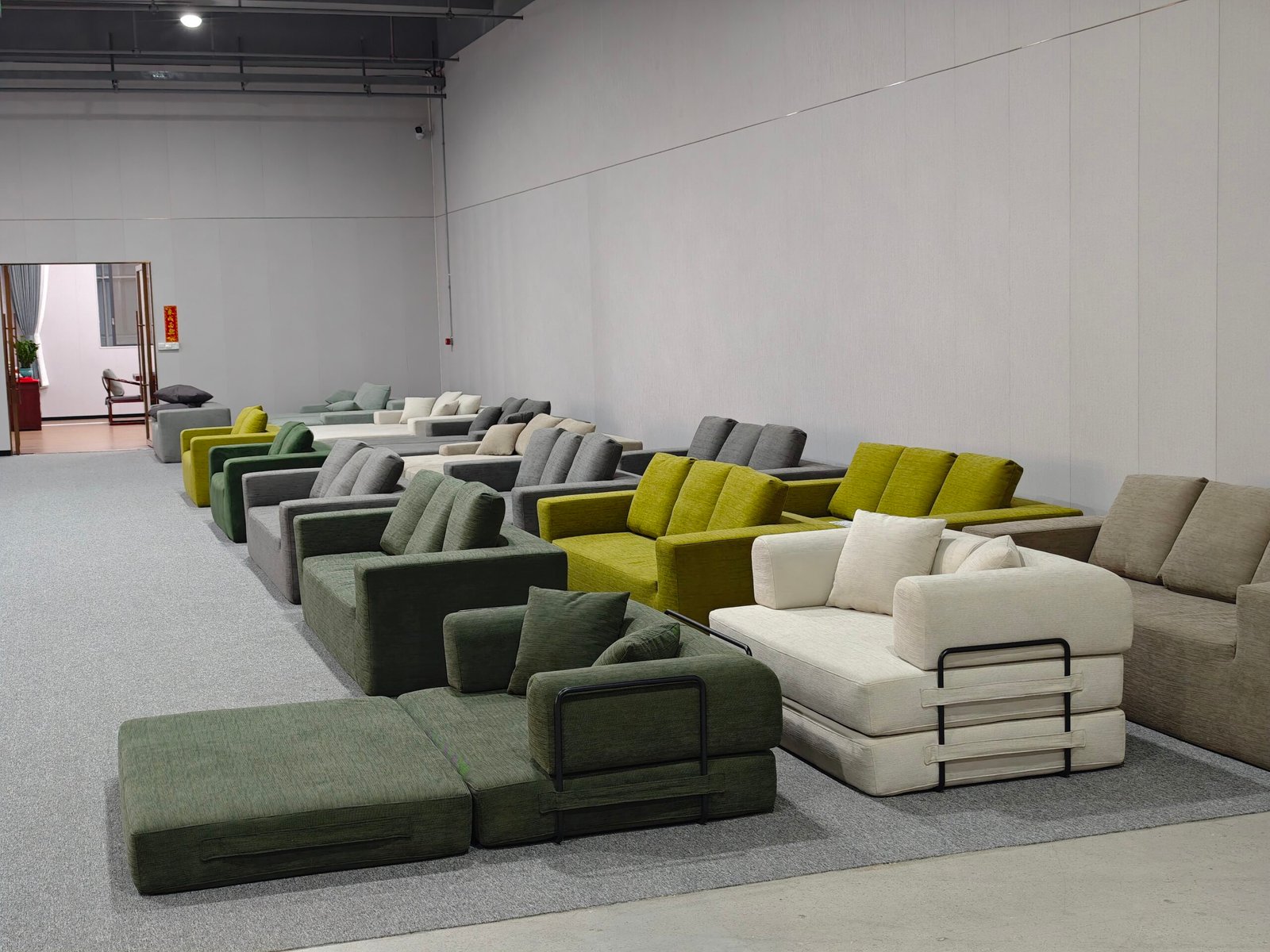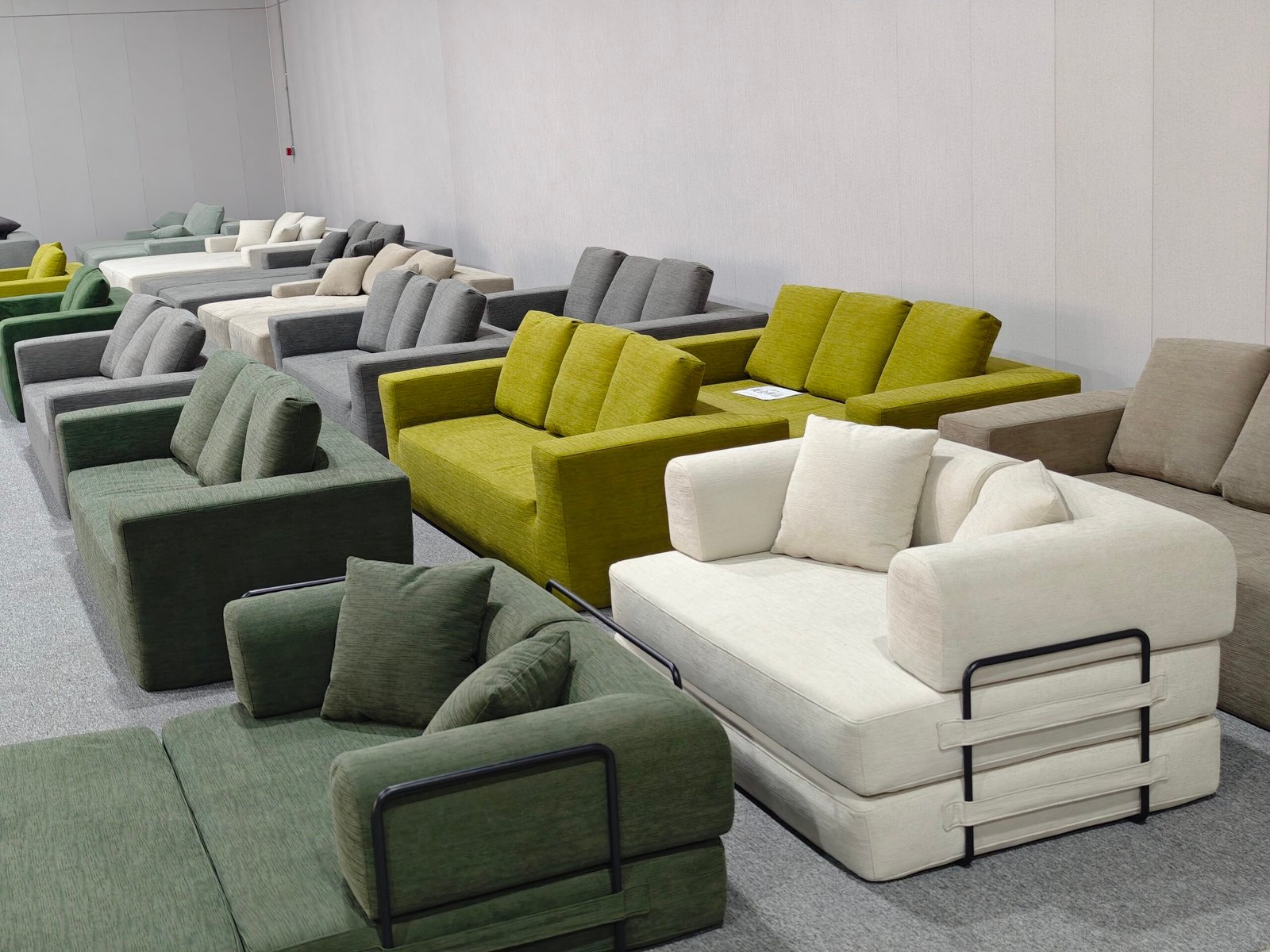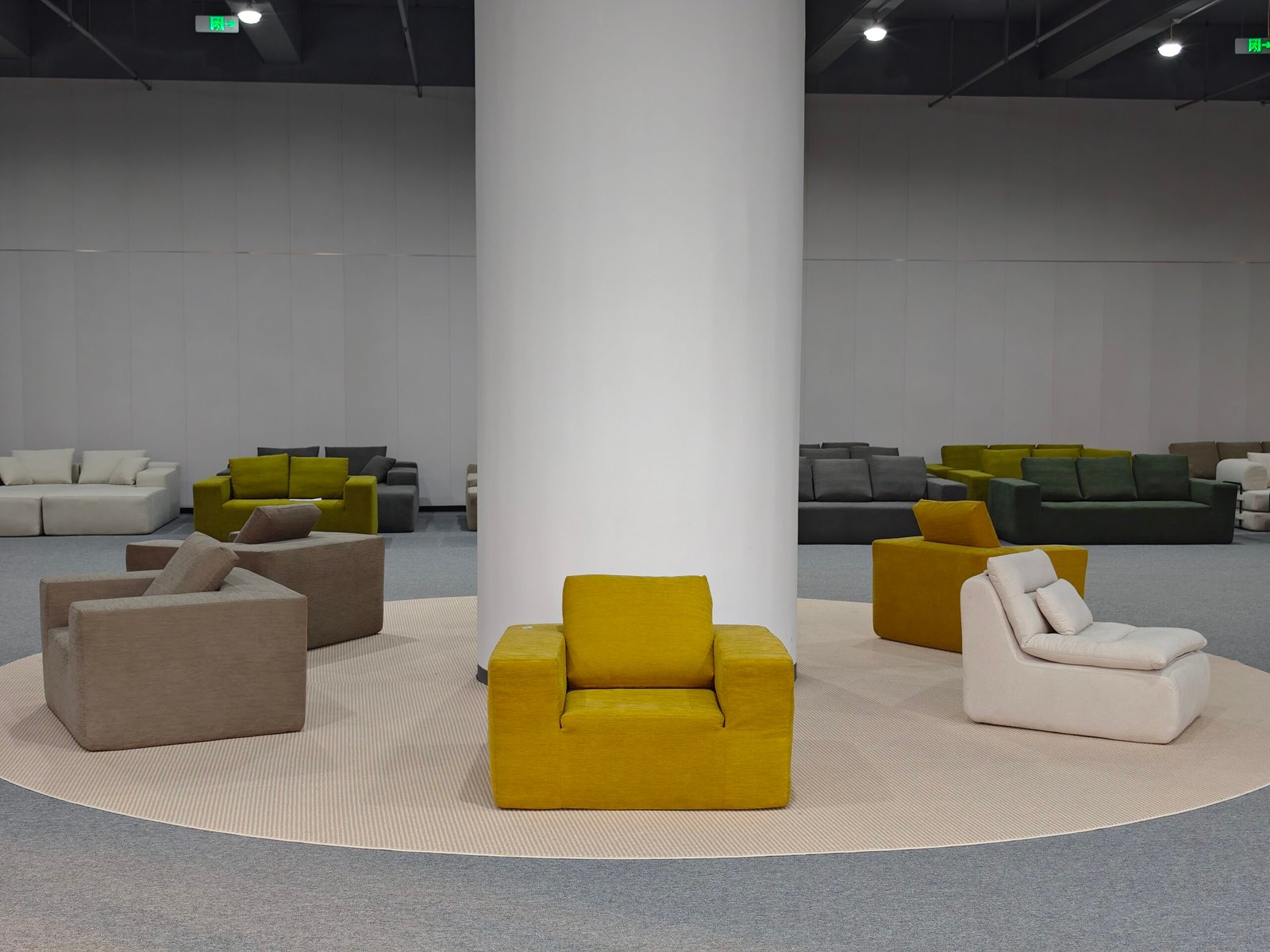
Traditional sofas contribute significantly to waste generation, from production to disposal. With the growing demand for sustainable solutions, compressed sofas have emerged as an alternative. But do they actually produce less waste?
Yes, compressed sofas generate less waste than traditional sofas. Their design minimizes material waste, optimizes transportation, and reduces packaging waste, leading to a more sustainable furniture option.
To fully understand the environmental impact of compressed sofas, let’s examine their material efficiency, production process, transportation benefits, packaging waste, durability, and disposal methods.
How Do Traditional Sofas Contribute to Waste?

Traditional sofas generate waste at every stage of their lifecycle. From raw material extraction to disposal, the environmental impact is significant.
Traditional sofas produce excessive waste due to material inefficiency, complex production processes, bulky transportation, excessive packaging, and challenges in disposal and recycling.
1. Material Waste in Traditional Sofas
Traditional sofas use a variety of materials, including:
- Wood (often non-sustainable sources)
- Metal frames
- Polyurethane foam (non-biodegradable)
- Fabric and synthetic leather (difficult to recycle)
These materials are often cut and assembled inefficiently, leading to offcuts and scraps that contribute to industrial waste.
2. Complex Production and Excess Waste
The manufacturing of traditional sofas involves multiple steps:
- Cutting and shaping materials
- Assembling frames and cushioning
- Upholstering with fabric or leather
Each of these processes generates waste, with discarded materials often ending up in landfills.
3. Bulky Transportation and High Emissions
Traditional sofas take up significant space in shipping containers and trucks, leading to:
- Fewer units transported per trip
- Increased fuel consumption per unit
- Higher carbon emissions
4. Excessive Packaging Waste
Due to their bulk, traditional sofas require substantial packaging:
- Large cardboard boxes
- Plastic wraps
- Foam padding and bubble wrap
Many of these materials are non-recyclable, adding to landfill waste.
5. Disposal Challenges
Once a traditional sofa reaches the end of its life, disposal becomes an issue. Many end up in landfills due to:
- Difficulties in material separation
- Low recyclability of synthetic foams and fabrics
- High costs associated with refurbishment
How Do Compressed Sofas Reduce Waste?

Compressed sofas are designed with sustainability in mind. They minimize waste through material efficiency, compact transportation, and reduced packaging.
Compressed sofas generate less waste because they use sustainable materials, involve streamlined production, optimize transportation, require minimal packaging, and are easier to recycle.
1. Sustainable Material Use
Compressed sofas are often made from eco-friendly materials, such as:
- Recycled and responsibly sourced wood
- Plant-based or recyclable foam
- Organic or recycled fabrics
These materials reduce the reliance on virgin resources and are designed for recyclability.
2. Streamlined Production with Less Waste
Compressed sofas are designed for efficient assembly:
- Modular components reduce offcuts
- Less adhesive and upholstery waste
- Optimized cutting techniques to minimize material loss
Manufacturers often recycle production scraps, further reducing waste.
3. Compact Transportation Lowers Emissions
Compressed sofas are shipped in vacuum-sealed or tightly packed forms, allowing:
- More units per shipping container
- Reduced fuel consumption per unit
- Lower carbon emissions from transportation
This efficient logistics model significantly lowers environmental impact.
4. Minimal Packaging Waste
Unlike traditional sofas, compressed sofas require less packaging. They typically use:
- Recyclable cardboard
- Minimal plastic wraps
- Biodegradable protective materials
This reduces the amount of packaging waste that ends up in landfills.
5. Easier Disposal and Recycling
Compressed sofas are designed with end-of-life recycling in mind:
- Modular components allow for easy disassembly
- Higher recyclability of materials
- Fewer mixed-material elements that hinder recycling
Many manufacturers also offer take-back programs for used compressed sofas, ensuring proper disposal and material reuse.
Conclusion
Compressed sofas produce significantly less waste than traditional sofas. They utilize sustainable materials, have a more efficient production process, reduce transportation emissions, minimize packaging waste, and offer better recyclability. As consumer demand for eco-friendly furniture grows, compressed sofas present a viable solution for reducing waste in the furniture industry.